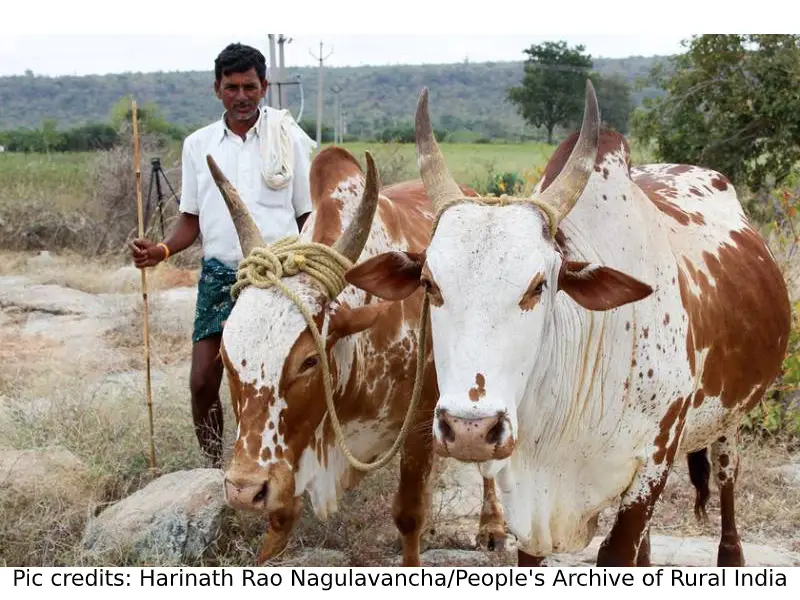New indigenous cattle for seven states, 'Poda Thurpu' Telangana’s first
By Newsmeter Network
Hyderabad: The National Bureau of Animal Genetic Resources (NBAGR) has newly identified seven indigenous cattle across the seven states in the country. The breeds include Poda Thurpu (Telangana), Nari (Rajasthan and Gujarat), Dagri (Gujarat), Thutho (Nagaland), Shweta Kapila (Goa), Himachali Pahari (Himachal Pradesh), and Purnea (Bihar).
Apart from cattle, the nodal agency for identification of new germplasm has approved registration for new breeds among buffaloes, sheep, pigs and donkeys. Two breeds of pigs, namely Mali (Tripura) and Purnea (Bihr and Jharkhand) have been approved, while buffalo species Gojri, found in Punjab and Himachal Pradesh has been registered under NBAGR. The species of sheep named Kajali (Punjab), donkey named Kachchi (Gujarat), duck named Maithili (Bihar) have also been registered.
'Poda Thurpu' becomes Telangana’s first native cattle
Telangana has officially declared its very own indigenous cattle- the ‘Poda Thurpu’. Native to the Nagarkurnool district, this breed has been officially registered under the National Bureau of Animal Genetic Resources (NBAGR) in Haryana, on January 24.
Also called ‘Mannanur cattle’, due to its large presence around regions like Amrabad in Nallamala forest, the breed has been noted for its biological uniqueness by the state’s Biodiversity Board. The Poda Thurpu cattle is known as a draught animal, used mainly for agricultural purposes, while its milk yield is less. In terms of endurance, the breed has shown great capacity for migration and survives with less water and fodder as well.
Speaking to NewsMeter, Dr. C Suvarna, former member secretary of Telangana State Biodiversity Board said, “The Poda Thurpu is a strong, sturdy animal, unique to the state of Telangana. It is basically a draught animal suitable for ploughing purposes while farming. It is known for its strong legs, which makes them helpful while farming in both wetlands and dry lands.”
The ‘Poda’ cattle can be identified with its white coat with brown patches or red/brown coat with white patches. Efforts to register these native cattle under the NBAGR has been going on since the year 2016, says the official. “After this breed was brought to our notice in 2016, we realised its potential to be Telangana’s first indigenous breed. Following the preliminary survey, we collected all the data and possible regarding the species for almost two years, along with funds from both Centre and state governments which has finally led to its approval for registration by the NBAGR,” added C. Suvarna.
‘Poda Thurpu cattle was protected by local tribes’
While most cattle are bred via artificial insemination, Telangana’s first indigenous cattle has managed to maintain its ‘indigeneity’ due to minimal artificial insemination. “The cattle-rearing local tribes in these regions have protected this breed from artificial insemination, thereby maintaining the unique characteristics of this cattle intact,” said the official from the Telangana State Biodiversity Board.
With a population size of approximately 15,000 in the state, the cattle’s daily milk yield ranges from 2 to 3 kg and lactation milk yield from 494 to 646 kg.
The NBAGR is the nodal agency for registering newly-identified germplasm of livestock and poultry in India. In the meeting held on January 24 in New Delhi, the committee approved the registration of thirteen new breeds of livestock and poultry, which include ‘Poda Thurpu’. Also, a chicken line developed at the Directorate of Poultry Research in Hyderabad has been officially registered as PD2 (Vanaraja female).
Pic credits: Harinath Rao Nagulavancha/People's Archive of Rural India